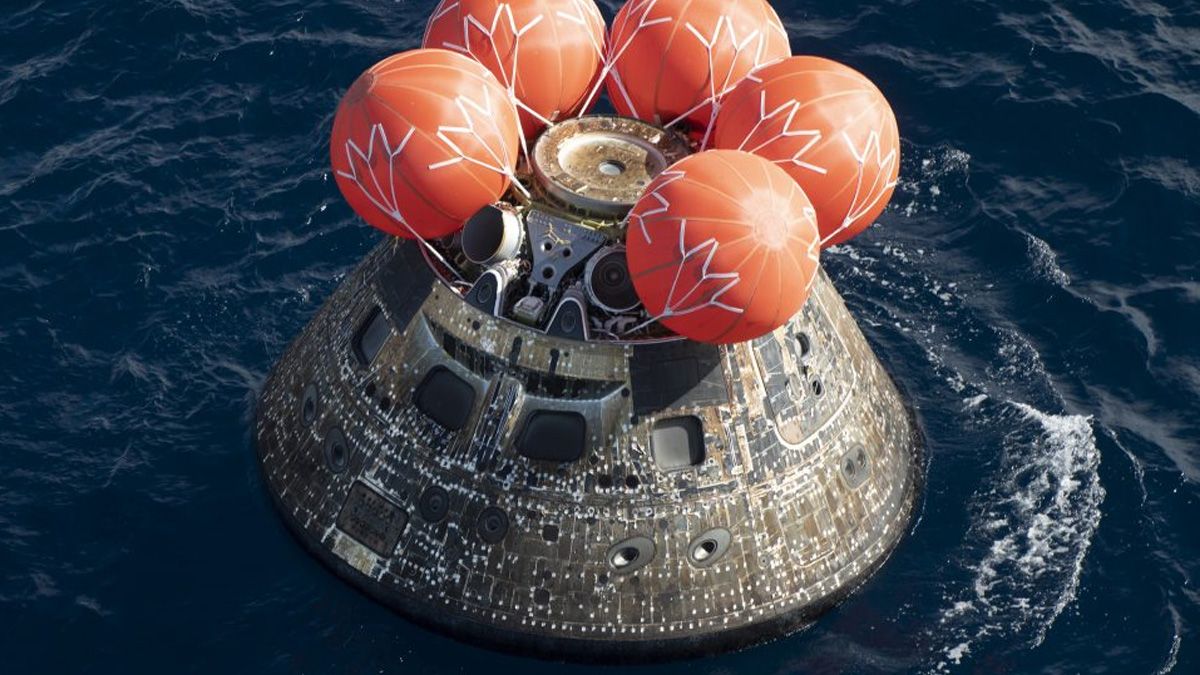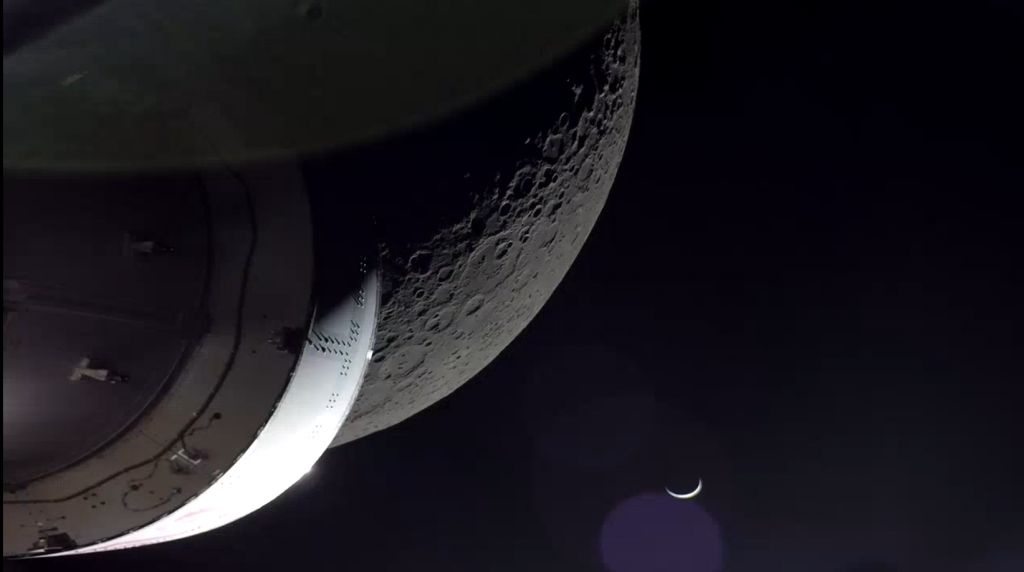Following months of delays, NASA launched the Artemis 1 mission on November 16, sending the Space Launch System rocket and Orion capsule on a test trip around the Moon. Now the mission can officially be called a success, paving the way for future crewed Moon missions.
The Orion spacecraft splashed down in the Pacific Ocean at 9:40 AM on December 11, after sitting on top of the SLS rocket for launch and traveling around the Moon. The splashdown marks a successful end to the Artemis 1 mission, which was the first complete test for both the Orion capsule and the Space Launch System rocket. It was automated with no people on board, but it's likely that the follow-up Artemis 2 mission will have a crew.
NASA said in a blog post, "during the mission, Orion performed two lunar flybys, coming within 80 miles of the lunar surface. At its farthest distance during the mission, Orion traveled nearly 270,000 miles from our home planet, more than 1,000 times farther than where the International Space Station orbits Earth, to intentionally stress systems before flying crew. [...] During re-entry, Orion endured temperatures about half as hot as the surface of the Sun at about 5,000 degrees Fahrenheit. Within about 20 minutes, Orion slowed from nearly 25,000 mph to about 20 mph for its parachute-assisted splashdown."
The space agency is now working on bringing the Orion capsule back to the Kennedy Space Center, after recovery teams on the USS Portland fished it out of the ocean. There are several science payloads within the capsule to check, and NASA will evaluate the capsule and heat shield to see how it held up after re-entry.


